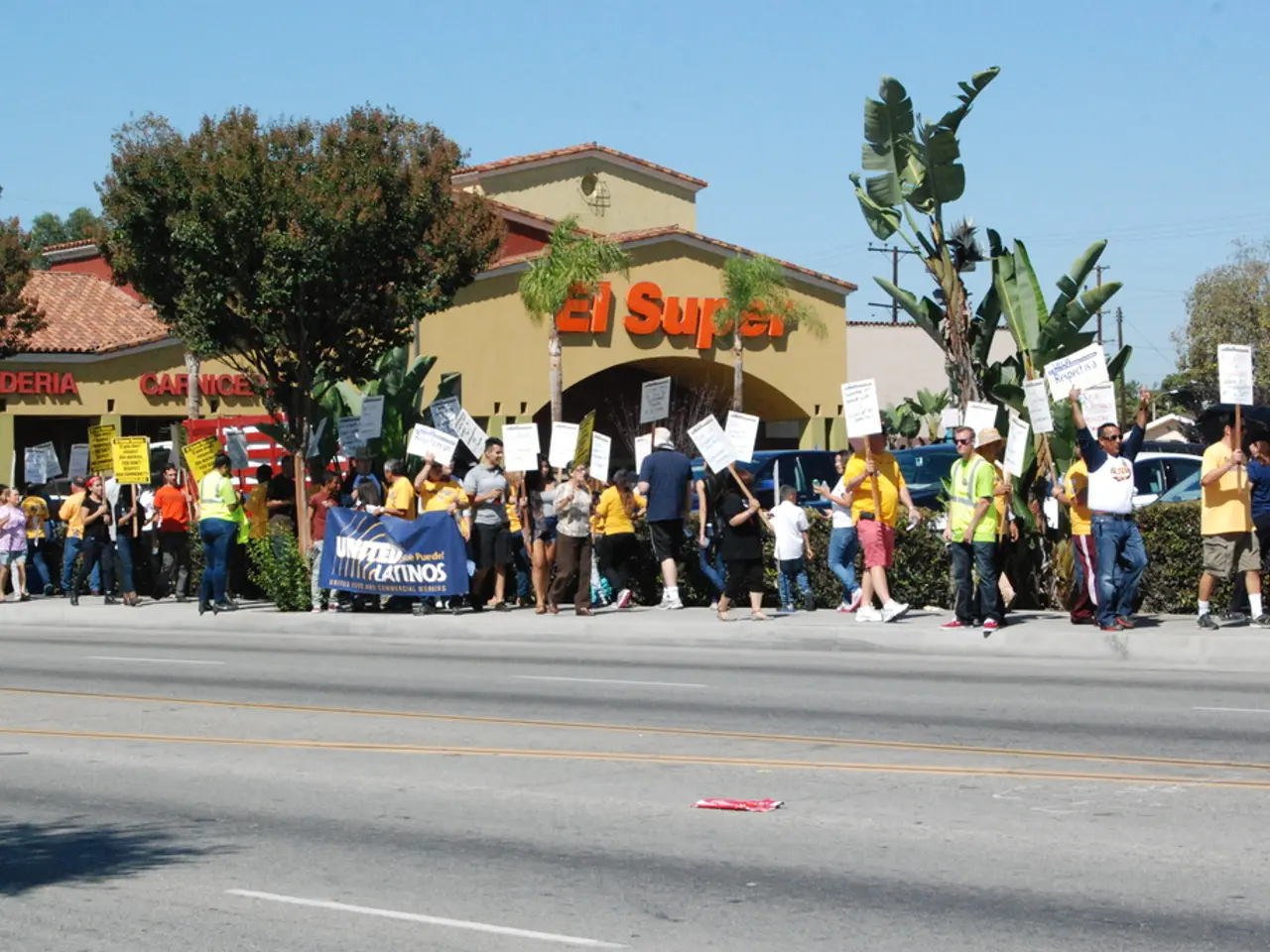Political Dilemma Faced by the Republican Party After the Overturning of Roe v. Wade Regarding Abortion Policies
===================================================================
In the wake of the Dobbs v. Jackson Women’s Health Organization ruling, which overturned Roe v. Wade, the anti-abortion movement in the United States has become more aggressive and politically active. This new landscape is marked by intensified legal and political campaigns aimed at defunding abortion providers, criminalizing abortion in more states, expanding crisis pregnancy centers, and influencing both state laws and federal policies to sustain and deepen abortion restrictions.
State-Level Defunding and Restrictions
Anti-abortion groups like Americans United for Life (AUL) are actively advancing model legislation aimed at “defunding abortion,” particularly targeting Planned Parenthood and clinics that provide abortion-related services, even if those services themselves are not abortion surgeries. Court rulings have upheld state efforts to exclude abortion providers from Medicaid reimbursement lists, broadening the scope of defunding campaigns.
Expansion of Abortion Bans
Since Dobbs, the number of states enforcing total or near-total abortion bans has doubled. This has led to abortion not just being restricted but increasingly criminalized and surveilled.
Growth of Crisis Pregnancy Centers (CPCs)
CPCs, which promote anti-abortion messaging often through disinformation and faith-based counseling, have expanded both their scope and funding, now outpacing actual abortion providers in support. This expansion is strategic, aiming to control narratives and discourage abortions through fear and misinformation.
Federal Political Dynamics
There is active pushback against anti-abortion expansions like “Project 2025,” a plan described by opponents as aiming to strip abortion rights and increase political control. Activist groups and civil liberties organizations are mobilizing to resist these efforts at both the state and federal levels.
Legislative Initiatives Around Support for Birth
Some anti-abortion leaders express willingness to support federal bills that fund birth-related costs, signaling a strategic effort to promote alternatives to abortion without necessarily engaging in broader reproductive health support, while still maintaining strict abortion access limits.
Ongoing Political and Judicial Battles
The Senate parliamentarian has recently ruled that provisions defunding Planned Parenthood clinics can remain in budget bills, reflecting continued efforts in Congress to restrict funding linked to abortion providers.
The Biden administration has aimed to broaden access to FDA-approved medication used for early-stage abortions, while anti-abortion groups have sought to block access to this medication.
A Divide in the Anti-Abortion Movement
A crack has appeared between those who oppose abortion and those who see it as an essential political issue. Some political strategists advised Republican candidates to avoid discussing abortion during the midterms, focusing on other topics like inflation and crime instead. However, those who took strong stances on abortion, like certain governors, performed well in the midterms.
Voters in states such as Kansas, Kentucky, and Michigan opposed anti-abortion ballot steps during the midterms, indicating a growing resistance to these restrictions.
Looking Ahead
Anti-abortion groups are turning their attention to 2024, with the goal of electing a president who will establish a "federal minimal standard" for abortion or a nationwide restriction. The ultimate objective of the anti-abortion movement is to make abortion not just illegal, but unthinkable.
[1] NPR. (2022, July 8). The Post-Roe Landscape: A State-By-State Look At Abortion Rights And Restrictions. Retrieved from https://www.npr.org/2022/07/08/1113792962/the-post-roe-landscape-a-state-by-state-look-at-abortion-rights-and-restrictions
[2] The 19th News. (2022, July 8). What’s happening with abortion rights in each state after Roe v. Wade is overturned. Retrieved from https://www.the19thnews.com/2022/06/24/what-happens-to-abortion-rights-in-each-state-after-roe-v-wade-is-overturned/
[3] The Guardian. (2022, July 8). After Roe v Wade: what happens now in the US? Retrieved from https://www.theguardian.com/us-news/2022/jul/08/roe-v-wade-overturned-abortion-rights-us
[4] The Washington Post. (2022, July 8). A brief history of the Supreme Court’s abortion rulings. Retrieved from https://www.washingtonpost.com/politics/2022/06/24/supreme-court-abortion-roe-wade-history/
- The anti-abortion movement, following the Dobbs v. Jackson Women’s Health Organization ruling, is pursuing an aggressive political activism, aimed at defunding providers, criminalizing abortion in more states, and expanding crisis pregnancy centers.
- Model legislation for defunding abortion providers, as advanced by groups like Americans United for Life, targets Planned Parenthood and clinics offering abortion-related services.
- The number of states enforcing total or near-total abortion bans has doubled since Dobbs, leading to a trend of criminalization and increased surveillance of abortion.
- Crisis pregnancy centers (CPCs), which promote anti-abortion messaging, have expanded in scope and funding, outpacing actual abortion providers in support.
- There is a pushback against anti-abortion expansions like "Project 2025," as activist groups and civil liberties organizations mobilize to resist efforts at both state and federal levels.
- Some anti-abortion leaders have expressed a willingness to support federal bills that fund birth-related costs, a strategic move to promote alternatives to abortion without broadening reproductive health support.
- The Senate parliamentarian has ruled that provisions defunding Planned Parenthood clinics can remain in budget bills, reflecting continued efforts in Congress to restrict funding linked to abortion providers.
- The Biden administration has attempted to broaden access to FDA-approved medication for early-stage abortions, while anti-abortion groups have sought to block this access.
- A divide has appeared within the anti-abortion movement, with some political strategists advising Republican candidates to avoid discussing abortion during elections, focusing instead on issues like inflation and crime.
- Voters in states such as Kansas, Kentucky, and Michigan have opposed anti-abortion ballot steps during midterms, indicating a growing resistance to these restrictions.
- Anti-abortion groups have set their sights on the 2024 election, aiming to elect a president who will establish a "federal minimal standard" for abortion or a nationwide restriction, with the ultimate objective of making abortion not just illegal, but unthinkable.




